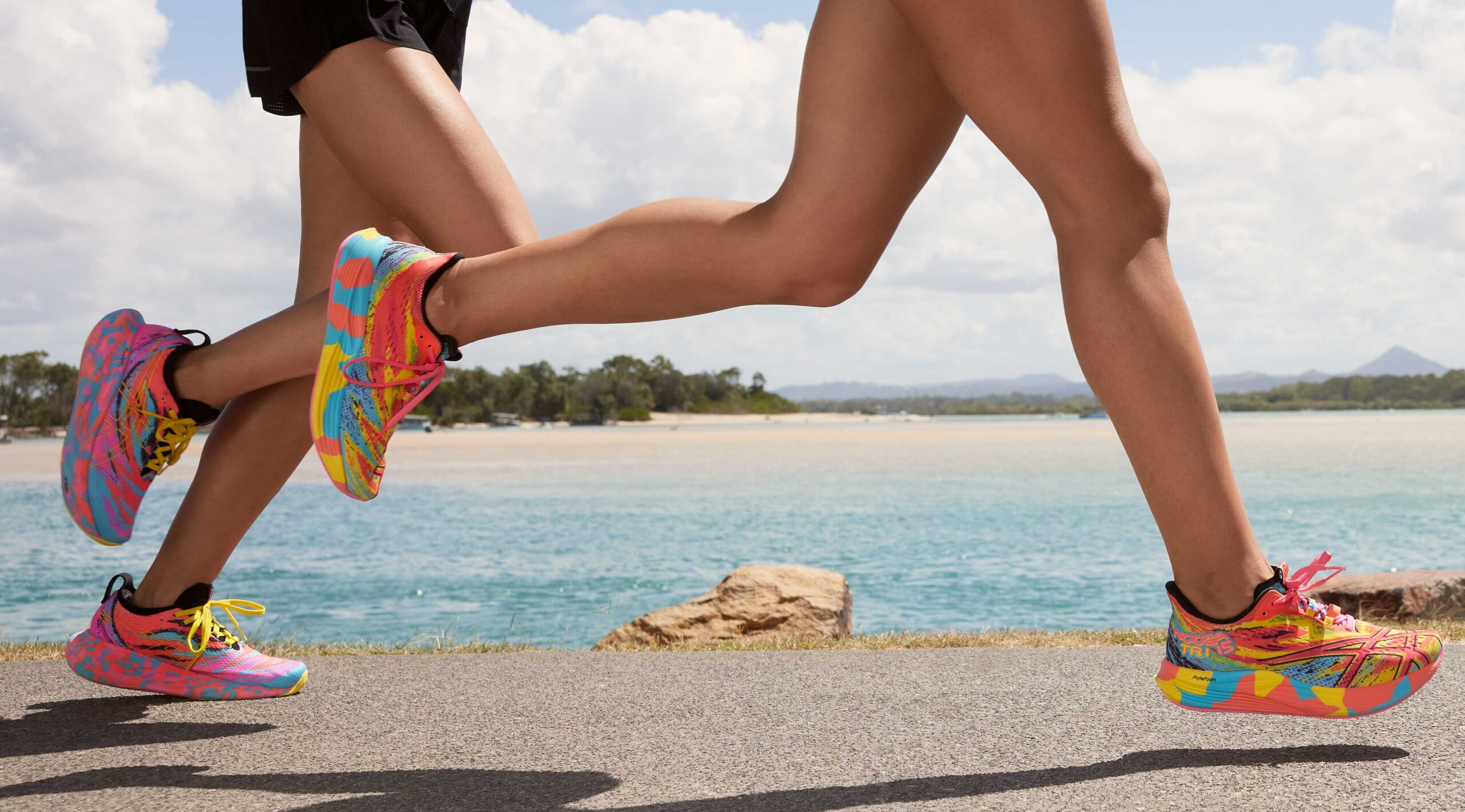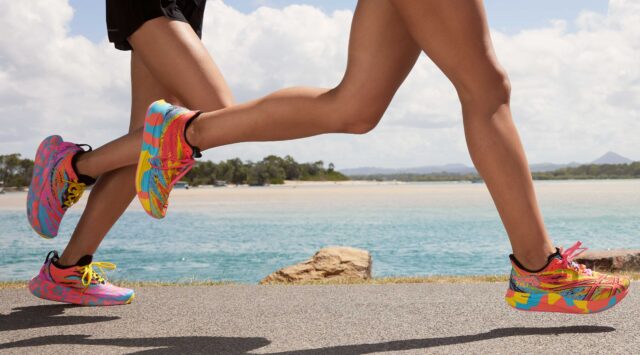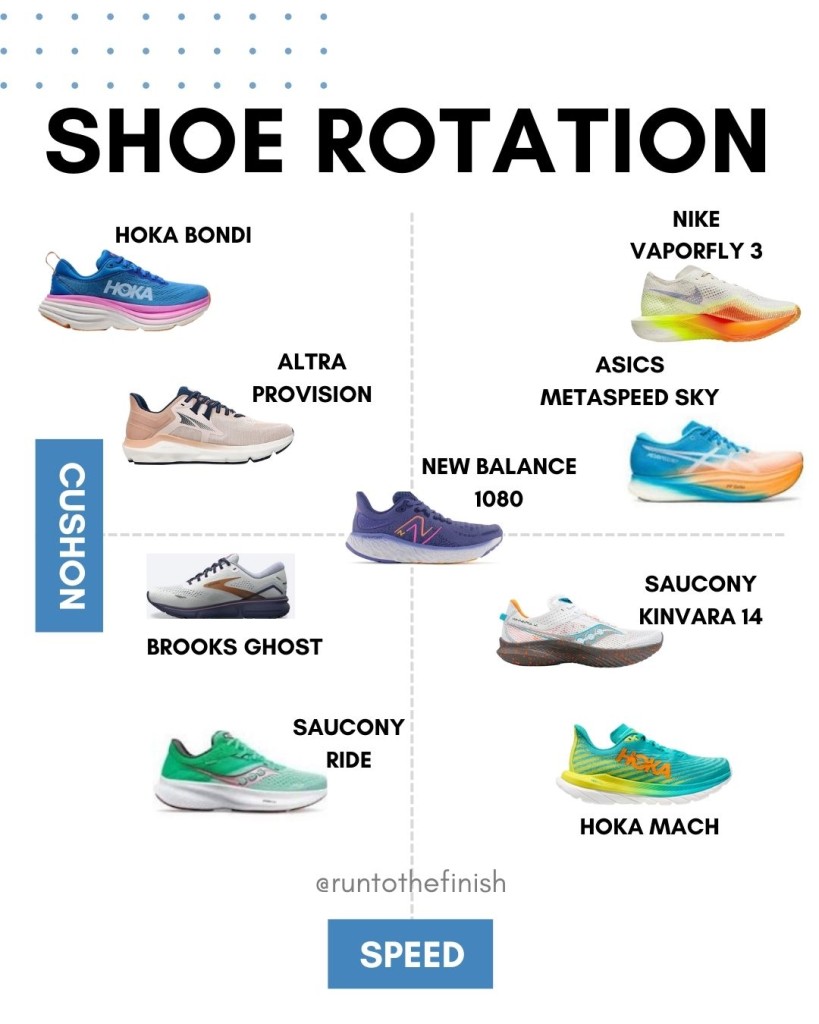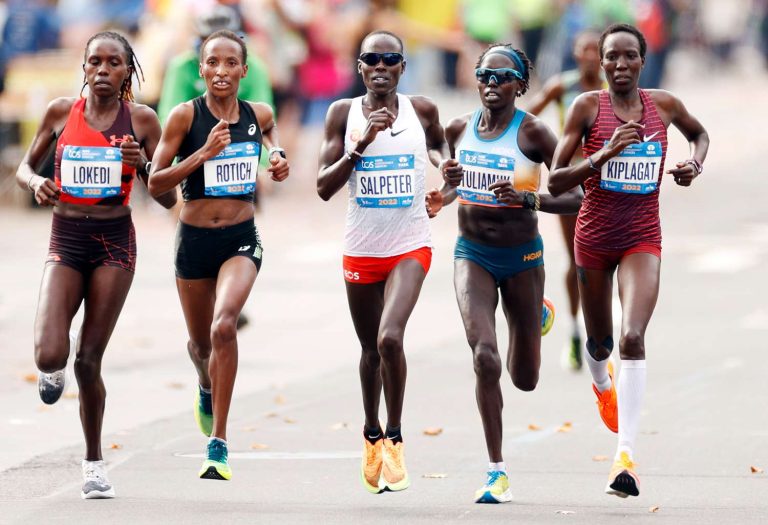Why to Rotate Running Shoes
Rotate running shoes to prevent wear and tear on one pair, leading to improved performance and injury prevention. Wearing different shoes increases overall shoe lifespan and encourages foot health, reducing the risk of overuse injuries.
Proper rotation helps maintain shoe cushioning and support, ensuring maximum comfort and effectiveness during workouts. By switching between multiple pairs, runners can distribute impact forces more evenly across their feet, reducing strain and minimizing the likelihood of developing pain or discomfort.
It’s a simple yet effective strategy for preserving shoe integrity and promoting optimal foot function for long-term running success.
Benefits Of Shoe Rotation
There are numerous benefits to rotating your running shoes, beyond just having multiple pairs to choose from. By regularly swapping out your shoes, you can prevent overuse injuries and prolong the lifespan of your footwear. These advantages contribute to the overall health of your feet and may even save you money in the long run. Let’s delve into the specific benefits of shoe rotation.
Prevention Of Overuse Injuries
Rotating your running shoes can greatly help in preventing overuse injuries. When you consistently wear the same pair of shoes, they become accustomed to the way you move, which can lead to overuse of certain areas of your feet. By rotating between two or more pairs of running shoes, you vary the stress and impact on your feet and lower limbs, reducing the risk of overuse injuries such as shin splints, plantar fasciitis, and stress fractures.
Prolonged Shoe Lifespan
Rotating your shoes also extends the lifespan of each pair. Giving your shoes time to decompress and dry out after each run allows the materials to recover from the stress of exercise, potentially preventing premature wear and tear. By rotating between different pairs, you reduce the frequency of impact on any single shoe, slowing down the breakdown of cushioning and support. As a result, your running shoes will ultimately last longer, saving you money in the long term.

Credit: www.runtothefinish.com
How To Rotate Running Shoes
When it comes to keeping your feet healthy, rotating running shoes is crucial. Here’s a guide on how to rotate running shoes effectively.
Determining The Right Rotation Schedule
Rotate your running shoes every 300-500 miles to prevent overuse injuries and maintain cushioning.
Consider your running frequency when determining how often to switch between shoes.
Keeping Track Of Mileage
Keep a running log to track the mileage on each pair of shoes.
- Use a sharpie to write the purchase date inside each shoe.
- Record the date and mileage of each run in a dedicated notebook or app.
Always alternate between two or more pairs of shoes to allow them to fully recover between runs. By following a proper rotation schedule and tracking mileage diligently, you can prolong the lifespan of your running shoes and reduce the risk of injury.
Choosing The Right Running Shoes
Rotate your running shoes regularly to enhance durability and minimize injury risks. By alternating between multiple pairs, you allow each pair to recover and reduce wear and tear, ensuring long-lasting performance.
` Choosing the right running shoes is crucial to prevent injuries and maximize performance. Consider Foot Type and Pronation to ensure proper support. `Consider Foot Type And Pronation
` Assess whether you have a flat, neutral, or high arch to determine the type of shoe you need. Consider your pronation pattern – overpronation, underpronation, or neutral. `Finding The Right Fit
` Visit a running store for a professional fitting to find the perfect shoe size. Try on various brands and styles to see what feels most comfortable. Invest in quality shoes with good cushioning that matches your running style. Look for breathable materials to keep your feet cool and dry during runs. Rotate between at least two pairs of running shoes to reduce wear and tear and extend the lifespan of each pair. Consider having different models for varied terrain. Ensure your shoes are replaced every 300-500 miles as worn-out shoes can lead to injuries and poor performance. Properly maintaining your shoes is essential for your running journey.
Credit: runkeeper.com
Signs That Indicate It’s Time To Rotate
Decreased Cushioning And Support
If you notice decreased cushioning and support in your running shoes, it’s a clear indication that they need to be rotated. Over time, the midsole and insole of your shoes can lose their ability to absorb impact and provide proper support. This can lead to discomfort, pain, and even injuries. If you feel like your shoes aren’t providing the same level of cushioning and support as when you first bought them, it’s time to switch to a fresh pair.
Visible Wear And Tear
One of the visible signs indicating the need for rotation is the wear and tear on your running shoes. Check for uneven wear patterns, worn-out treads, or creases in the midsole. Additionally, look for any tearing or fraying of the upper material. If you spot any of these signs, it’s a clear indication that your shoes have served their purpose and it’s time for a replacement.
Common Myths About Shoe Rotation
Many runners believe that running shoes can last forever or that shoe rotation is only necessary for professional athletes. However, these misconceptions can prevent runners from reaping the benefits of regularly rotating their running shoes. Let’s explore these myths and shed light on the importance of shoe rotation for every runner.
Running Shoes Last Forever
It’s a common misconception that running shoes are designed to last indefinitely. However, this couldn’t be further from the truth. While quality running shoes are built to withstand the demands of training and provide support, cushioning, and stability, they do have a limited lifespan. The constant impact and stress runners put on their shoes can lead to wear and tear, affecting their performance and increasing the risk of injuries.
According to experts, running shoes typically last between 300 and 500 miles or six months to a year, depending on various factors such as the runner’s weight, running style, and the surface being run on. To determine when it’s time to replace your running shoes, pay attention to any discomfort, decreased cushioning, or signs of visible damage, such as worn-out treads or shoe degradation.
Regularly rotating your running shoes allows each pair to recover and regain some of their supportive properties during rest periods. By alternating between two or more pairs, you can extend the lifespan of your shoes, improve their overall performance, and reduce the likelihood of developing overuse injuries.
Shoe Rotation Is Only For Professional Runners
Another myth surrounding shoe rotation is that it’s only necessary for professional runners. However, this misconception fails to acknowledge that all runners, regardless of their skill level or training intensity, can benefit from rotating their shoes.
Whether you’re a casual jogger or a seasoned marathoner, your running shoes undergo significant stress and impact each time you hit the road or trail. Over time, the repetitive strain can cause the midsoles to lose their cushioning and the outsoles to wear down, compromising the shoes’ performance and potentially leading to discomfort or injuries.
By rotating your running shoes, you not only give each pair sufficient time to recover and regain their cushioning and stability but also allow your feet to experience different levels of support and alignment. Additionally, rotating your shoes can help prevent your feet and muscles from becoming too accustomed to a specific shoe model or design, which can contribute to overuse injuries.
Therefore, it’s crucial to break the misconception that shoe rotation is only for professional runners. Every runner can benefit from rotating their shoes to maximize performance, minimize injury risk, and ensure a comfortable and enjoyable running experience.

Credit: runkeeper.com
Frequently Asked Questions Of Why You Must Rotate Running Shoes
Can I Wear The Same Running Shoes Every Day?
No, you should not wear the same running shoes every day. Rotating shoes helps prevent injuries and extends their lifespan.
How Often Should I Rotate My Running Shoes?
It is recommended to rotate your running shoes every 300—500 miles or every 3—4 months to distribute the wear more evenly.
What Are The Benefits Of Rotating Running Shoes?
Rotating running shoes helps reduce the risk of overuse injuries, enhances performance, and increases the durability of the shoes.
Conclusion
Regularly rotating your running shoes is essential for preventing injuries and improving performance. By alternating between different pairs, you can reduce the risk of overuse injuries and extend the lifespan of your shoes. Make it a habit to switch out your shoes to maintain optimal support and cushioning, and keep enjoying a safe and comfortable running experience.






